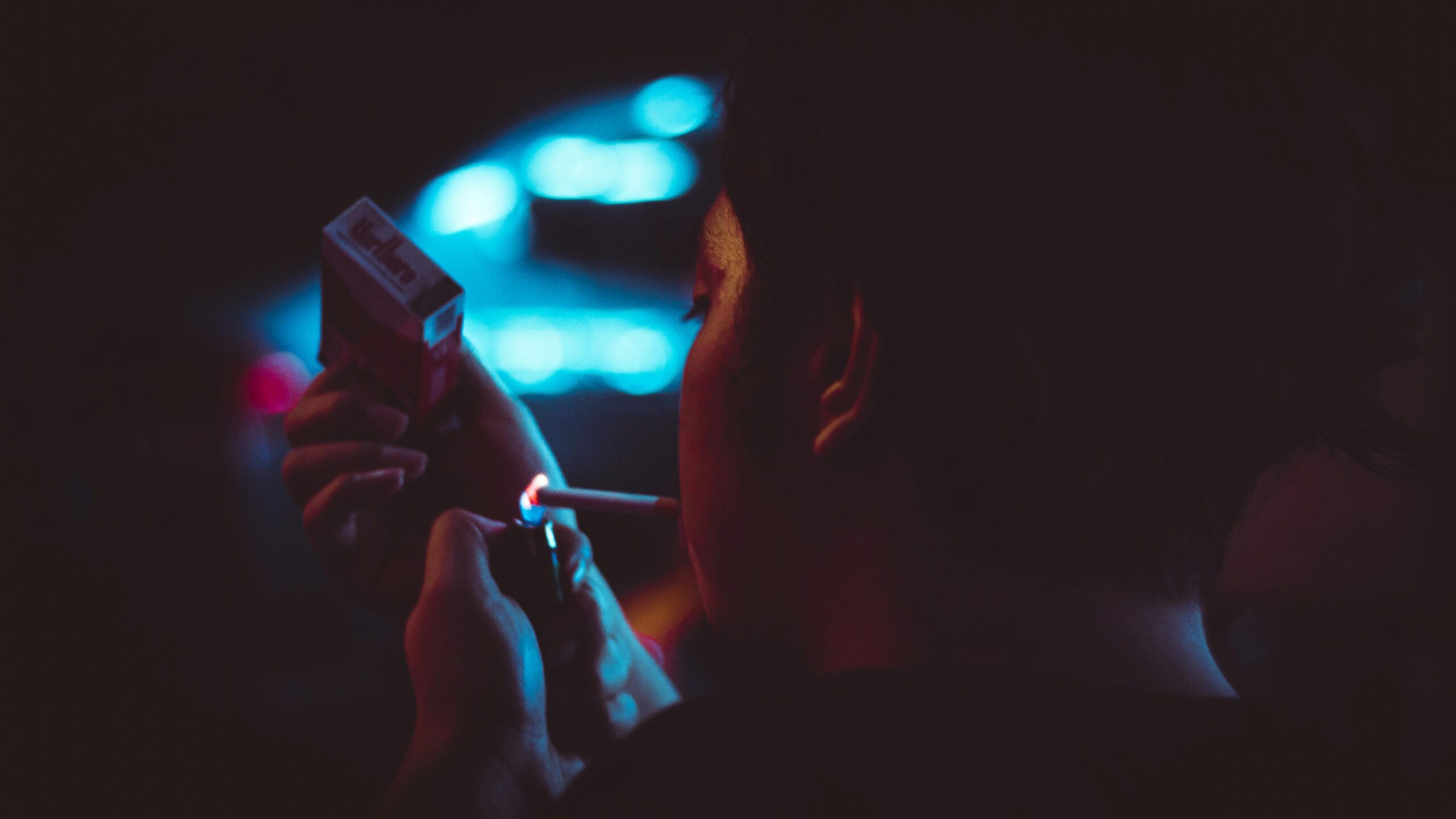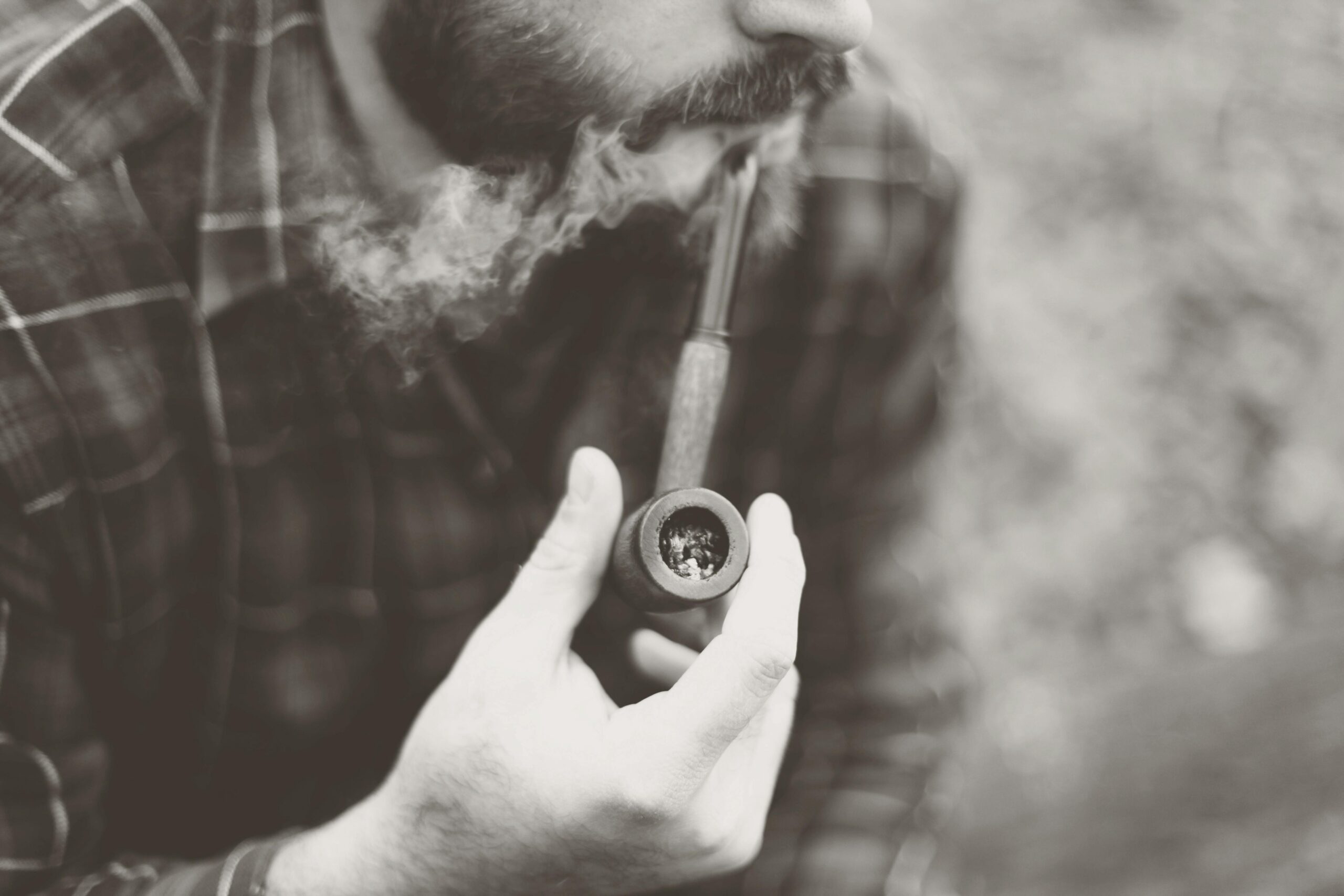What’s Hotboxing? Understanding the Practice and Its Effects
Hotboxing is a practice where individuals smoke substances, such as cannabis or tobacco, in an enclosed, unventilated space. This activity often results in dense clouds of smoke accumulating, leading to the inhalation of secondhand smoke by everyone in the space. The main focus is usually on achieving an intensified smoking experience, but it’s important to consider the health and safety implications.

The Concept of Hotboxing
Hotboxing typically involves smoking cannabis or other substances in a confined area, such as a car, closet, or small room, often with little or no ventilation. This creates a concentrated environment where active smokers and bystanders alike inhale the cannabis smoke or tobacco smoke. The lack of ventilation leads to higher levels of secondhand smoke, which may result in detectable levels of substances like THC or nicotine in non-smokers.
Popular Choices for Hotboxing
- Cars: A classic hotboxing scene often takes place in a parked car with the windows rolled up.
- Closets or Bathrooms: These tight spaces are common for people seeking an intense hotboxing experience.
- Nature: Some enthusiasts opt for hotboxing in nature, using tents or other enclosures.
- Portable Hotboxes: Devices like tents or inflatables are designed to create a controlled hotbox arena.
- 5×5 Foot Space: Spaces of this size are often used to optimize the accumulation of marijuana smoke.

Dangers of Hotboxing
Exposure to Harmful Chemicals
Hotboxing exposes participants to a range of harmful chemicals, including:
- Hydrogen Cyanide: Found in both marijuana smoke and tobacco smoke.
- Ammonia Arsenic: These chemicals are present in the smoke and can lead to adverse health effects.
- Aromatic Amines: Linked to cancer in people exposed over time.
Health Risks from Lack of Ventilation
A lack of ventilation in hotboxing scenarios can lead to uncomfortable symptoms and potential risks, such as:
- Lack of Oxygen: Prolonged exposure can lower oxygen levels, resulting in dizziness, shallow breathing, or even loss of consciousness.
- Levels of Carbon Dioxide: High levels of carbon dioxide can impair performance and cause fatigue.
- Carbon Monoxide Poisoning: Accumulation of carbon monoxide from smoke increases the risk of poisoning.

Mental Health Impacts
- Psychotic Reactions: Overexposure to cannabis-infused smoke can trigger psychotic reactions in susceptible individuals.
- Signs of Addiction: Repeated exposure in a hotbox setting may increase the likelihood of addiction to marijuana.
- Withdrawal Symptoms: Heavy use can result in uncomfortable withdrawal symptoms when not smoking.
Historical and Cultural Aspects of Hotboxing
Hotboxing is not a new phenomenon. Historically, practices resembling hotboxing have been part of various cultural rituals. For example:
- Nomadic Warriors: Certain groups used smoking in confined spaces as part of ceremonial rites.
- Funeral Rites: In some cultures, burning substances in closed environments was a form of honoring the deceased.
The Hotboxing Experience
For many, hotboxing is a beloved group activity that fosters bonding and a sense of shared experience. It’s popular among college environments and cannabis enthusiasts seeking a unique way to enjoy their smoking sessions. However, while it may seem like an enjoyable experience, the potential risks often outweigh the benefits.
Potential Risks and Consequences
Short-Term Effects
- Impaired Reaction Time: Breathing smoke in a dense environment can reduce mental sharpness.
- Uncomfortable Symptoms: Individuals may feel claustrophobic or experience shallow breathing due to the tight space.
Long-Term Health Effects
- Additional Health Risks: Regular exposure to secondhand marijuana smoke and tobacco smoke can contribute to respiratory issues and other adverse health effects.
- Addiction to Marijuana: Addiction treatment centers like Zinnia Health often address cases stemming from excessive exposure in environments like hotboxes.
- Cancer Risks: Prolonged exposure to substances like aromatic amines can increase cancer risks.
Safer Alternatives
For those who want to enjoy cannabis without the risks associated with hotboxing, consider these alternatives:
- Open Spaces: Smoking in well-ventilated areas reduces the accumulation of harmful substances.
- Smoking Devices: Using devices like bongs or vaporizers in open environments minimizes exposure to secondhand smoke.
- Regular Breaks: Taking breaks between sessions allows the body to recover and maintain healthy oxygen levels.
Conclusion
While hotboxing may be a popular choice among some cannabis enthusiasts, the dangers of hotboxing—ranging from health risks to legal consequences—should not be ignored. Understanding the potential negative consequences can help individuals make informed decisions and consider safer alternatives for smoking cannabis or other substances. Always prioritize your health and well-being to enjoy a responsible and safe experience.










